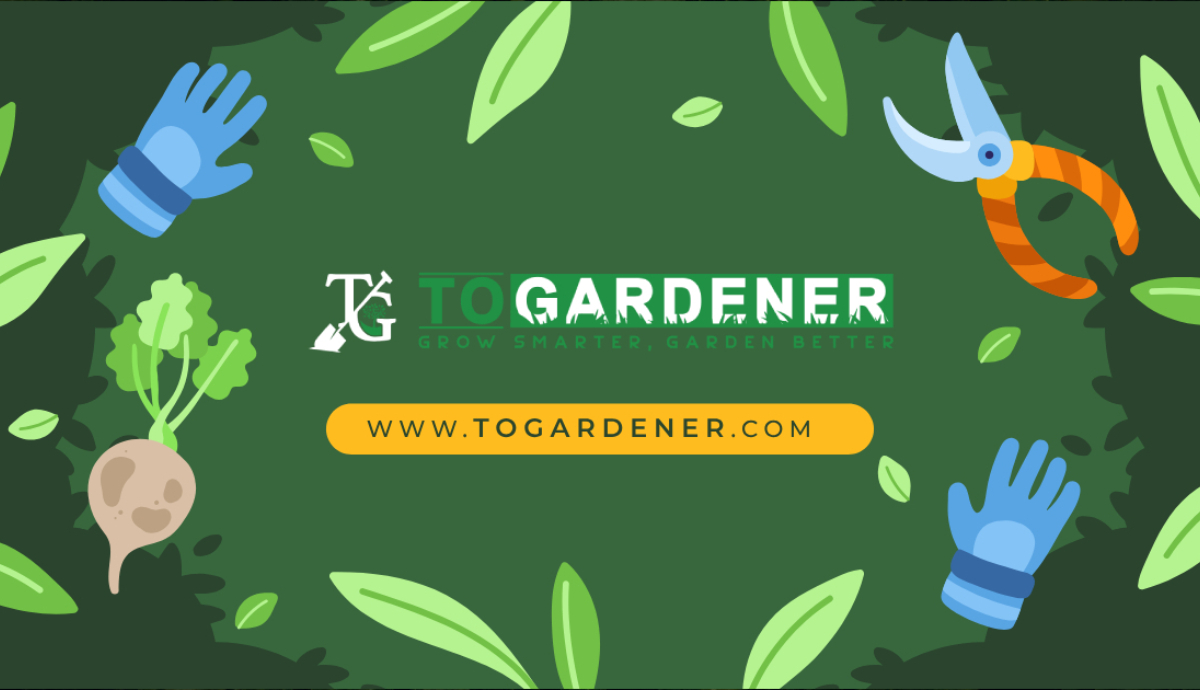Tomatoes are a beloved garden staple, but if you see nibble marks or missing leaves, you might wonder, do rabbits eat tomato plants? These furry visitors are common in many gardens and can cause surprising damage. Understanding their feeding habits and how to protect your crops is essential for any gardener. In this comprehensive guide, we’ll explore how rabbits interact with tomato plants, which parts they favor, whether tomato plants are toxic to rabbits, and effective ways to keep your garden safe and thriving.
Do Rabbits Eat Tomato Plants? Understanding Rabbit Feeding Behavior
Rabbits are herbivores with a reputation for feasting on tender greens, making many garden plants vulnerable. But what about tomato plants?
What Parts of Tomato Plants Do Rabbits Eat?
- Young shoots and leaves: The new, soft growth is especially tasty to rabbits. Chewing here can stunt your tomato plant or kill seedlings completely.
- Stems: Though tougher, young stems may also be chewed, weakening the plant.
- Tomato fruits: Rabbits usually avoid ripe tomatoes due to taste and texture but may nibble on green fruits occasionally.
Why Do Rabbits Target Tomato Plants?
Rabbits are opportunistic feeders. When favored food like grasses or weeds become scarce—especially during winter—tomato plants become an alternate food source. Seedlings and newly planted tomatoes are most at risk.
Are Tomato Plants Toxic to Rabbits?
Many gardeners are concerned about toxic effects. Here’s what you need to know:
- Ripe Tomatoes: Safe in small quantities as treats but should be limited due to acidity and sugar.
- Leaves, Stems, and Green Fruit: Contain alkaloids like solanine and tomatine that are toxic and can cause digestive upset or poisoning if eaten in large amounts.
Important: Never intentionally feed tomato leaves or stems to pet or wild rabbits; exposure in gardens can still occur, but limiting their access helps keep rabbits healthy.
How Does Rabbit Feeding Affect Your Tomato Garden?
- Stunted Growth: Nibbling on shoots stops photosynthesis and slows plant development.
- Lower Yield: Damaged plants produce fewer tomatoes.
- Seedling Death: Young plants are vulnerable and may be killed outright.
- Increased Disease Risk: Damaged stems and leaves open pathways for pests and pathogens.
How to Protect Your Tomato Plants From Rabbits
Protecting your tomatoes is easier with the right strategies. Consider combining these methods:
1. Physical Barriers
- Fencing: Install 1-inch mesh chicken wire or hardware cloth fences around your garden. Bury the bottom 6-10 inches to prevent burrowing.
- Plant Cages: Use individual tomato cages or wire covers to shield seedlings and plants.
2. Repellents
- Commercial: Products with predator urine or bitter ingredients deter rabbits.
- Homemade Sprays: Garlic, hot pepper, or vinegar sprays can be applied weekly to discourage feeding.
- Companion Planting: Grow lavender, marigolds, or garlic near tomatoes to repel rabbits naturally.
3. Habitat Management
- Keep grass mowed short around your garden.
- Remove brush piles and weeds that provide shelter or food.
4. Natural Predators and Noise
- Encourage hawks or owls by installing perches.
- Ultrasonic devices can sometimes deter rabbits, though effectiveness varies.
5. Trapping and Relocation
Where legal and ethical, humane traps can catch rabbits for relocation. Always check local laws before proceeding.
Are Some Tomato Varieties More Rabbit-Resistant?
Rabbits generally don’t discriminate based on tomato variety; tender new growth is universally attractive. Some plants with tougher or fuzzier leaves may be less appealing, but relying solely on type is not a safe bet. Protecting plants physically offers better security.
Do Rabbits Eat Tomato Plants Year-Round?
Seasonal Feeding Patterns
- Spring & Early Summer: Peak damage to seedlings and tender shoots.
- Summer: Rabbits often prefer abundant grasses and weeds.
- Fall & Winter: Scarce food pushes rabbits to nibble on any available plants, including tomato remnants.
Summary & Takeaway
Yes, rabbits do eat tomato plants—particularly tender young shoots and leaves. While ripe tomatoes aren’t their favorite, they’ll nibble on green tomatoes occasionally. Tomato leaves and stems contain toxins harmful to rabbits, so preventing them from eating these parts protects your garden and their health.
Protect your tomato plants by installing physical barriers, using repellents, managing rabbit-friendly habitats, and encouraging natural predators. Early prevention is key to enjoying a healthy, productive tomato garden with minimal rabbit damage.
FAQs About Rabbits and Tomato Plants
Q: Can rabbits safely eat ripe tomatoes?
A: In small amounts, ripe tomatoes are safe but should be considered a treat, not a food staple.
Q: Will rabbit chewing kill my tomato plant?
A: Yes. If rabbits chew the main stem or consume most leaves, especially on seedlings, plants may die.
Q: Are tomato plants poisonous to wild rabbits?
A: Leaves and stems contain toxins but in wild conditions, rabbits may still eat them if food is limited, risking health issues.
Q: What other garden plants attract rabbits?
A: Rabbits love leafy greens like lettuce, clover, cabbage, beans, and flower seedlings.
Final Thoughts
Understanding rabbits’ relationship with tomato plants helps you anticipate and prevent garden losses. Taking simple, effective steps today will keep your tomato harvest bountiful and protect your furry garden visitors.
Ready to defend your garden? Start by setting up a sturdy fence and experimenting with natural repellents. Your tomatoes—and your wildlife—will thank you!
For more gardening wisdom and wildlife-friendly tips, explore our other articles and grow your green thumb with confidence.
